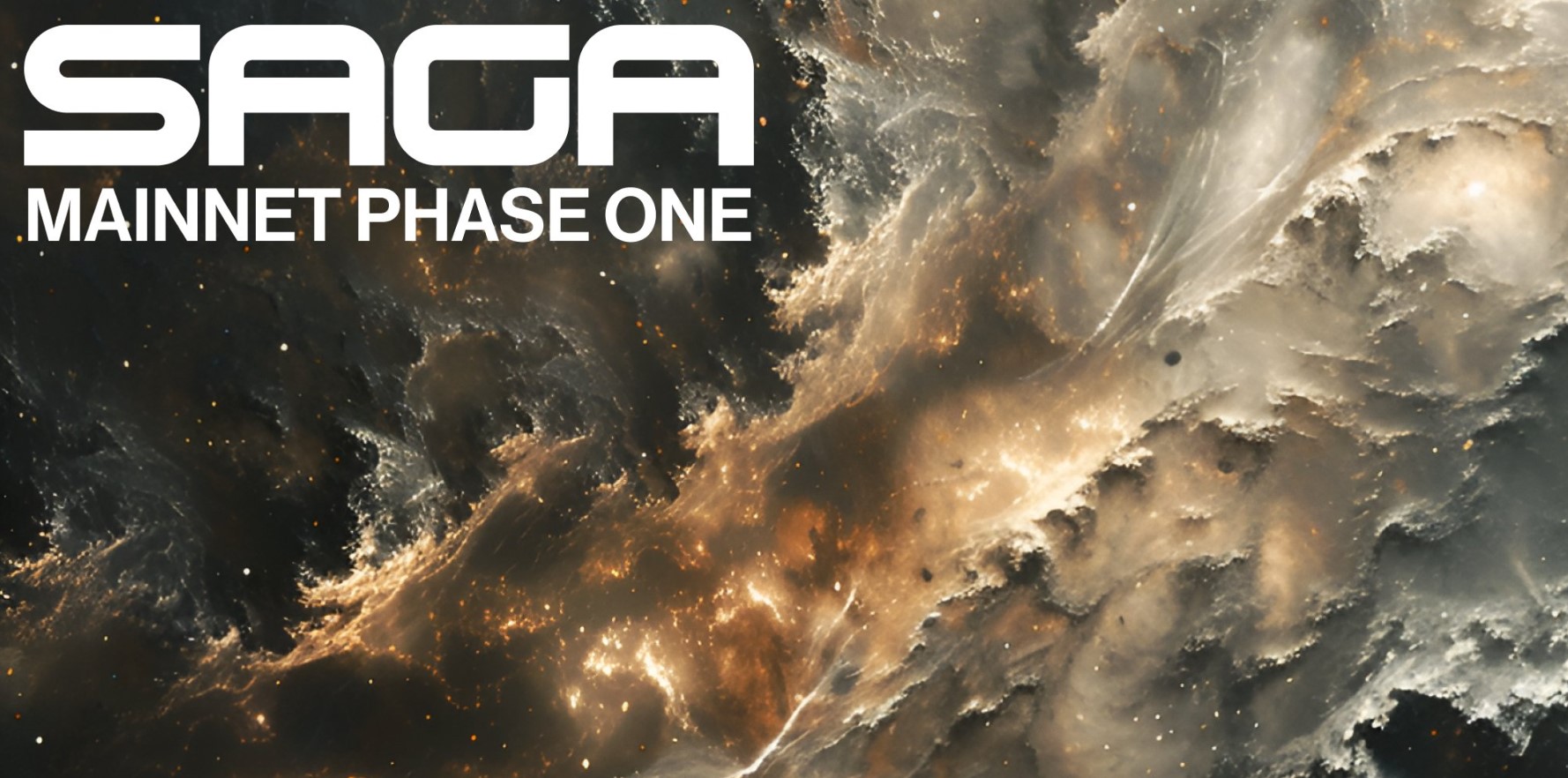Story Highlights
- Saga has just launched its Web3 infrastructure, Mainnet Phase One.
- It aims to provide game developers with high accessibility, user-friendliness, and infinite scalability.
- We interviewed Rebecca Liao, CEO and Co-Founder of Saga, to discuss the future of Saga Mainnet.
Saga, a leading Layer-1 protocol, has just launched its highly anticipated Saga Mainnet Phase One. In an industry where many notable video game companies have started investing in Web3 game development, Mainnet comes off as an innovative infrastructure offering infinite scalability, allowing developers to build for mass adoption where they can elastically scale their infrastructure to infinite chains with the user experience of a single application.
Mainnet shows much promise for Web3 game studios, but how does it fit into the overall gaming industry? Is it really the initiative that will give momentum to the emerging Web3 gaming trend? With these questions in mind, we spoke with Rebecca Liao, CEO and Co-Founder of Saga, over an email Q&A session.
Read ahead for the full interview.

Rebecca: Absolutely, I appreciate you taking the time to speak with me. My name is Rebecca Liao, and I am the CEO and Co-Founder of Saga. You can go to my bio page if you want to know more.
Saga Mainnet represents a significant milestone in the Web3 gaming and entertainment space. It’s a comprehensive and innovative infrastructure with a core ethos of “infinite horizontal scalability.” It’s designed to empower developers to build applications with their own dedicated blockspace, ensuring high throughput, easy upgradability, and low gas fees.
Rebecca: Saga Mainnet offers substantial benefits to Web3 game studios by providing an integrated stack of tools and support for Web3 game development. Beyond Phase One, the platform aims to expand its support for developers, fostering a community of innovators and sharing solutions to overcome common challenges faced by Web3 game builders. We are accomplishing this through the first-ever Web3 publishing house aptly named Saga Origins.
Rebecca: We are enormously grateful for the support from our ecosystem and community. Our Innovators are projects we’ve supported through the bear and are now ready to unleash their apps to new users. Saga has a protocol and go-to-market strategy that crypto has never seen before, and we’re thrilled to share it with the entire space.
Rebecca: Saga is continuously evolving to address the diverse needs of Web3 game studios. Some critical features being actively worked on include further enhancing user acquisition capabilities, expanding wallet-native distribution methods, and refining economic sustainability through Web3-native social networks. Additionally, we are dedicated to addressing any potential limitations in distribution and user engagement, ensuring a seamless and comprehensive infrastructure for game development.
Rebecca: We currently have 350 projects building on us, and we average 50 new projects every quarter. We anticipate at least 300 projects to be fully live by the end of the year.
Rebecca: Transitioning to Web3 game development presents a substantial benefit for studios, offering a new paradigm for distributing and monetizing games. This transition holds the potential to reshape the traditional gaming industry, providing new avenues for revenue generation and user engagement. Additionally, it can contribute to better job security for game developers by fostering a more sustainable and decentralized ecosystem.

Rebecca: The benefits of Saga and the Web3 infrastructure significantly empower indie developers by providing access to a more decentralized and inclusive development environment. By leveraging the capabilities of Saga, indie developers can potentially overcome resource limitations, tap into new distribution channels, and access community-driven support, thus facilitating a more seamless and equitable path to achieving high-quality game development.
Rebecca: The acceptance of Web3 gaming and support for Web3 game studios is expected to evolve gradually over time. As the benefits and potential of Web3 gaming become increasingly evident, coupled with ongoing advancements in technology and user experience, we anticipate that players and developers will progressively embrace this new paradigm of gaming, contributing to the growth and maturation of the Web3 gaming ecosystem.
Rebecca: With the assistance of Saga, games created in the Web3 space can potentially benefit from decentralized and immutable storage solutions, ensuring long-term accessibility and preservation. Additionally, the integration of NFTs and blockchain technology may offer novel methods of preserving and archiving video game content within the Web3 ecosystem.
Rebecca: A few months after our Phase One launch.
Rebecca: Yes, we have spent many cycles in the public eye, but no mass adoption. Saga aims to be a critical piece of the puzzle to bring crypto to the mainstream.
Rebecca: We are excited about the potential of Web3 gaming and the transformative impact it can have on the gaming industry. With Saga, we are committed to fostering a vibrant and inclusive ecosystem that empowers developers, supports innovation, and delivers exceptional experiences to players. We invite you and your readers to join us on this exciting journey into the future of gaming and entertainment. Thank you for chatting with me about Saga, and I hope you enjoyed hearing more about our Mainnet launch. We’re really excited to share it with the world!

Mainnet is a Web3 infrastructure developed by Saga that offers developers infinite horizontal scalability. The Phase One of Mainnet was launched on April 9, 2024, and it will continue to evolve in the coming months with many more projects. We appreciate Rebecca Liao for answering our questions, and Brianna Erbach for helping with the interview.
Thanks! Do share your feedback with us. ⚡
How can we make this post better? Your help would be appreciated. ✍



